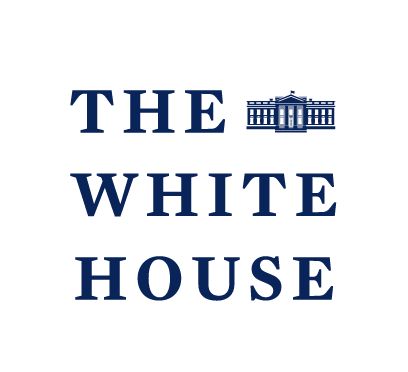135 reads
The US Government Sets Plans in Motion to Attract AI Talent to the Country
by
November 3rd, 2023
Audio Presented by

The White House is the official residence and workplace of the president of the United States.
About Author
The White House is the official residence and workplace of the president of the United States.